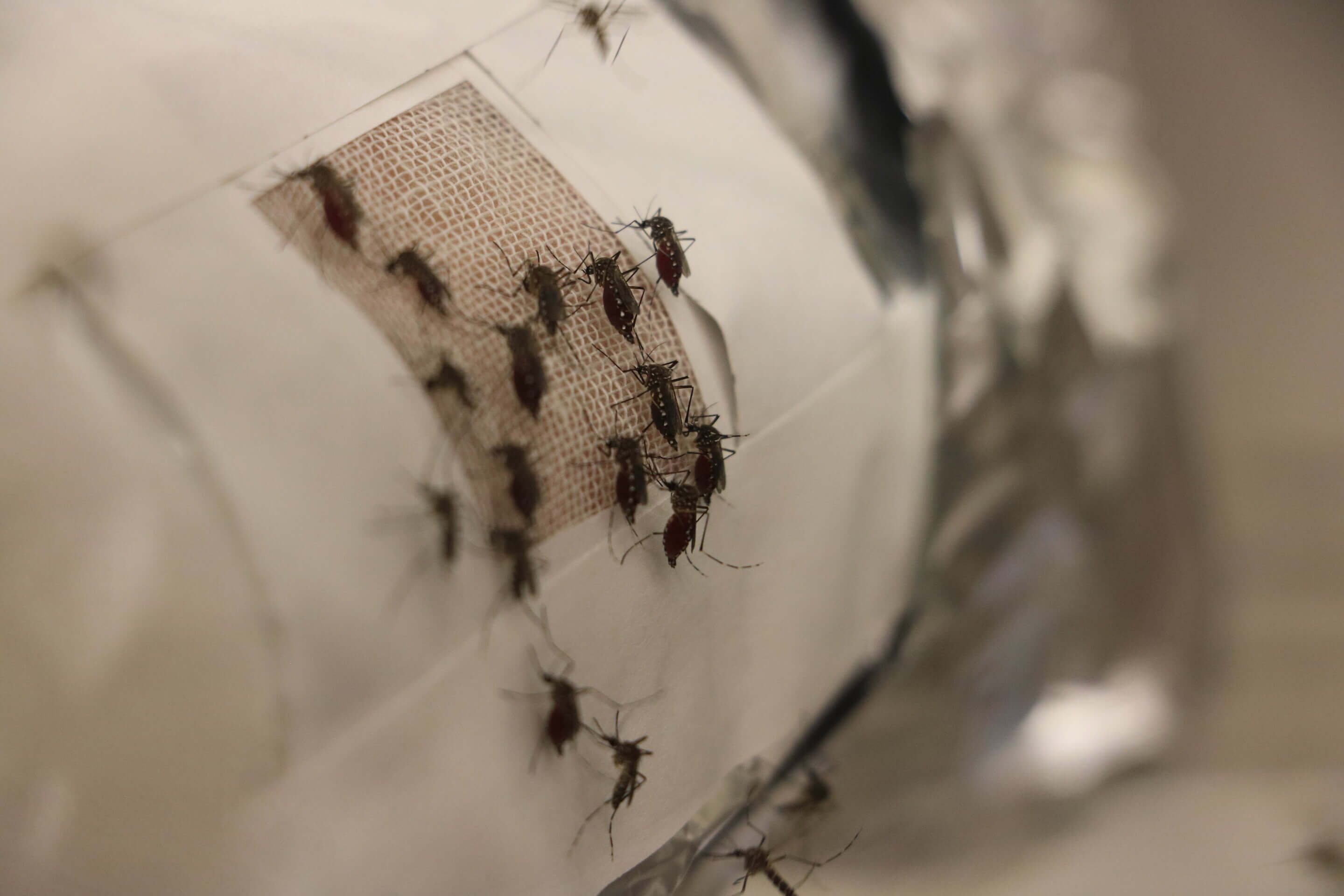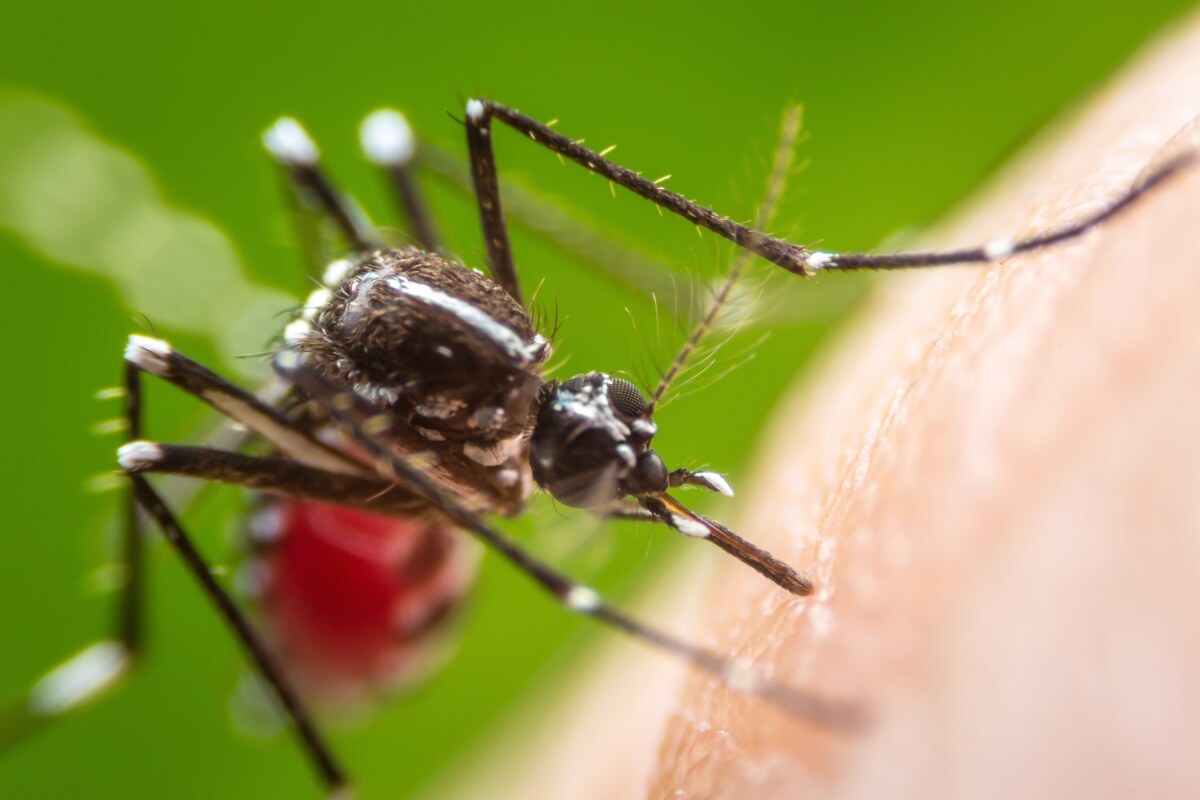Bottom line: Clothing that repels mosquitoes could be a game-changer, especially for those that frequent the outdoors. Not only are mosquitoes highly annoying, they can also transmit all sorts of nasty diseases including malaria, yellow fever and West Nile virus.
Graphene was once praised as a miracle material that would enable everything from faster computer chips to space elevators. While we're still waiting for those advancements to take shape, scientists have been finding all sorts of surprising alternative uses for the miracle material.
The latest comes from researchers at Brown University who discovered that graphene can provide a two-fold defense against mosquitoes.
When coating a thin piece of fabric with the two-dimensional hexagonal lattice, researchers found that mosquitoes couldn't generate enough force for their proboscis - the needle-like mouth parts that penetrate skin - to get through. While helpful, this physical barrier isn't even the best part about graphene.

Oddly enough, researchers also observed that graphene blocks the chemical signals that attract mosquitoes in the first place. "With the graphene, the mosquitoes weren't even landing on the skin patch---they just didn't seem to care," said Cintia Castilho, a Ph.D. student at Brown University and the study's lead author.
The graphene oxide-coated (GO) cloth was only effective as a physical barrier when it was dry. When wet, mosquitoes were able to penetrate its defenses although a modified version with reduced oxygen content (called rGO) proved useful when wet or dry. As a wearable material, however, rGO isn't terribly efficient as it isn't breathable.
"Our preferred embodiment of this technology would be to find a way to stabilize GO mechanically so that is remains strong when wet. This next step would give us the full benefits of breathability and bite protection," said Robert Hurt, a professor in Brown's School of Engineering and senior author of the paper.
Masthead credit: mosquito by khlungcenter. Second photo courtesy Brown University.
